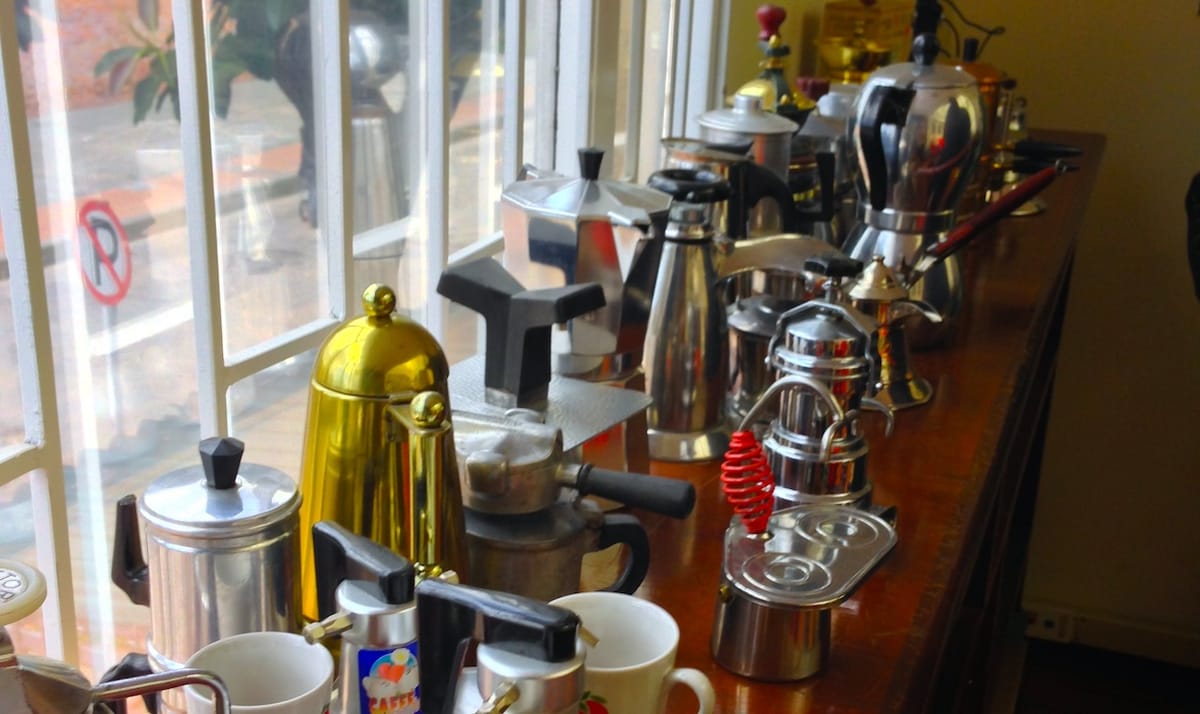let’s build a cooperative, step 6: create a business plan
if you stay ready, you don't have to get ready

Welcome back to my 10-step experiment building a cooperative from idea to launch. Step 1 covered the idea, a consulting workers' co-op, and brought together a team of cooperators. Step 2 clarified those needs into a potential business. Step 3 defined the vision and got our future members excited. Step 4 made a quick stop to help this group decide their process for decision-making. In Step 5 we created a feasibility study. In this step, we're making a business plan!
The table of contents:
- start the future: understanding cooperatives
- start the future: launching a cooperative
- start the future: building a cooperative
Building a cooperative: step by step guide
- Collect information, clarify needs, and assemble your founding members.
- Discuss needs and vision; coordinate organizing and business research.
- Consolidate a clear vision.
- Design your decision-making process.
- Conduct a feasibility study.
- Create a business plan.
- Define roles.
- Convene your first cooperative owners meeting.
- Convene your first board meeting.
- Begin operations!
Before we get started, this is not legal advice. It's not even legit advice. Like when I cook, it's an experiment that sometimes leads to things like peas in mac cheese. You don't have to try it at home to get the gist.
forming a business plan
A business plan is a pretty common part of starting a business. I made one for my business last year! A business plan, in short, is an introduction to your business. Companies often use them to get funding from someone who doesn't know our business. They describe our purpose, forecast revenue, and size up the competition. Small or self-funded organizations rarely need a formal business plan. A company seeking funders or new members might!
We'll rely on a lot of the research and ideas we gathered in the feasibility study. A business plan takes our research and cleans it up for an outside audience. The iteration in each step of this guide may feel repetitive as a writer—or as a reader. "We're building on the previous step again, y'all!" I bet to our co-op owners it would feel satisfying to use the work of the prior step on the next one. In the last step, the feasibility study helped us agree to move forward with starting our co-op. With low effort, the business plan will help new members and funders understand why.
private eyes no more
Electric Embers says that putting everything together has other benefits, too. You'll find which areas need more preparation when you start compiling it. A decision or statement might need more discussion and processing from the group. Most business plans follow an outline like this one adapted by CCCD:
Define the business. This section describes our services, why we exist, and the customers we'll seek. It should also name the advantages we have over similar firms.
Our worker-owned consulting cooperative combines the skills of many consultants. Each member leads a certain number of projects but can consult on other projects too. We cover expenses, labor, and payments under one umbrella. We have more insight into each other's calendars and future job opportunities. We all get to bring our expertise without the overhead of subcontracts. We can afford healthcare coverage and paid time off. We can task people to seek new jobs while paying them a salary from the ones we're working now. And best of all, none of us have a boss because we're all owners!
Analyze the data. Here, we highlight any weaknesses in our plan and how we'll adapt to meet them. What will it take for our budget to break even? What would we do with more staff? With a cooperative business plan, I'd also want to know about member growth. How will we scale? How do we bring on new potential members? What if we get more work than we can handle? What does spinning up staff look like?
I wrote a lot of expensive ideas above when I was defining the business. How are we going to pay for them? Do we need to phase in some expenses rather than pay for them all up front? This cooperative might not need a fancy office at the moment. Our consultants could even prefer a home or nearby coffeehouse to work in. For the purposes of this guide, I'll say our members will bring in former clients ready to hire us for big projects.
Describe the strategy. This section describes our plan for success. It includes: a marketing plan, our strategy for bringing in new clients. A production plan, the costs of selling our wares. An organization plan, which in our co-op's case includes how we're structured. It also names key members, roles, pay structure, and any education needs we have. And a schedule, the roadmap and timeline for getting our co-op up and running.
Forecast the results. We'll need a cash flow statement and revenue forecast (usually 3 or 5 years). We'll also determine how much incoming business we need to turn a profit. Here we document what the owners are investing and other capital we're bringing in. We also show how we'll spend the funds and what we're paying for. It's just like a real business!
I'm very happy to report that the feasibility study research will all find a home in these two sections. The more we can plan out now, the fewer surprises we'll have later. If we're lucky, the biggest surprise won't be when everyone finds out how much I budgeted for snacks. It will be when they remember we all work from our own homes.
Everything above goes into our business plan. If this is going to folks at a bank, we may need to conform to their expectations. Title page, table of contents, and executive summary start us off. The main body of the document contains all the above. We round it out with our spreadsheets and financial statements to show 3-5 years of operation.
put your money where the co-op is
If you're not seeking funds from guys who wear suits for fun, you could try more accessible approaches. I found some great/fun resources while I was researching the case study below. I learned about the Baltimore Roundtable for Economic Democracy (BRED). They have worksheets for governance, fiscal analysis, and more. My favorite tool from BRED is the Worker Cooperative Business Model Canvas. The canvas, adapted for cooperatives to use, is a visually interesting collaborative tool. Members can work on this canvas in person with sticky notes or online with their tool. I loved the video they made that walks users through using the canvas.
Electric Embers recommends getting the whole plan reviewed by an impartial third party. Some co-ops will hire someone to put this all together or audit the document to ensure it makes fiscal sense. This goes especially true if you need private financing.
We member-owners will discuss the plan with potential partners or funders. Do we have their recommendation to proceed? If so, it's time to get the cash flowing. Each member is putting in their own money to buy a membership. This necessary step also confirms that everyone who says there in is actually in. Depending on how costly the plan above is, we may need to find more members to invest in or even join the business.
case study: Common Ground Cafe Cooperative
Common Ground, in Baltimore MD, is a coffee shop that started out as a business with a single owner. After 25 years, the owner decided he was going to close his shop effective immediately. Staff had 24 hours' notice before he announced it to the public. A surprising but obviously definite coincidence? The workers had spent the past few months working together to form a union. Osita Nwanevu for In These Times reports some familiar concerns. Staff wanted "fair, equitable wages, especially between in front of house and back of house, and better treatment — wanting to look into health care and benefits.”
Instead of this local business closing, the workers reached out to BRED. In Baltimore, BRED helps companies with an owner transform into worker cooperatives. They provided a loan to buy the company outright. They also helped the workers transform it into a coop by offering business support. Not only did workers get to keep their jobs, they got something even better. Gone too was the dead weight of a boss that shows up at noon, whines about payroll, and asks if you're upselling drinks. Nwanevu reports that since the conversion, the front and back of the house have pay equity. They're even making plans to offer healthcare and other benefits.
cooperatives everywhere
I watched the video above while I was researching this post. The business plan canvas uses as its example a cooperative called Earth Bound Building. I watched the 18 minute video, fascinated, as I learned about a co-op that started as the dream of a handful of workers. These builders create beautiful-looking structures that are ecological and affordable. They did it without a CEO and without the expectations or confines of a traditional business. I realized why the dream of cooperatives looms so large for me.
Corporations today are swinging rightward. Stores are tossing out their pride collections and ending support for BIPOC employees. Under-the-radar platforms like tumblr try to sell me those stupid black Trump hats. Cooperatives aren't perfect, of course. REI is a cooperative that's hell-bent on squashing their employees' union. Cooperatives seem to have less of the toxic baggage built into most modern companies. They don't have shareholders making money from a distance. Gone are the decisions made behind closed doors without input from the floor. And for me, at this point in my life, it's the best way I'd want my career to grow.



